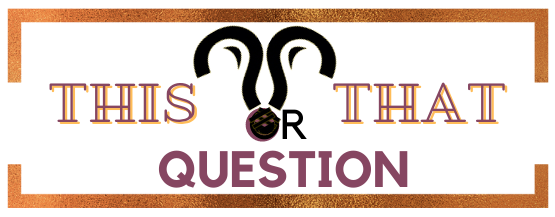Farce and farse are often used interchangeably, but technically they are two different terms. Both words refer to comedic theatrical works, but the primary difference between them is the type of humor they employ.
Farce is a type of comedy that relies on wild and outrageous behavior, often with exaggerated physical actions or characters who are silly and over-the-top. Farce is often characterized by its slapstick humor, lowbrow jokes, and outrageous scenarios. Examples of farce include the classic plays of the Marx Brothers, Monty Python’s Flying Circus, and the classic screwball comedies of the 1930s.
Farse, on the other hand, is a type of comedy that relies on verbal humor, often with witty dialogue, puns and wordplay. Farse is often characterized by its witty banter, clever jokes, and clever plot twists. Examples of farse include the plays of William Shakespeare, the works of Oscar Wilde, and the comedies of Noël Coward.
In short, farce is a type of comedy that focuses on physical humor and outrageous behavior, while farse is a type of comedy that relies on witty dialogue and clever wordplay. Both can be found in modern plays, movies, and television shows, though farce tends to be more popular in today’s media.Farce and farse are often used interchangeably, but technically they are two different terms. Both words refer to comedic theatrical works, but the primary difference between them is the type of humor they employ.
Farce is a type of comedy that relies on wild and outrageous behavior, often with exaggerated physical actions or characters who are silly and over-the-top. Farce is often characterized by its slapstick humor, lowbrow jokes, and outrageous scenarios. Examples of farce include the classic plays of the Marx Brothers, Monty Python’s Flying Circus, and the classic screwball comedies of the 1930s.
Farse, on the other hand, is a type of comedy that relies on verbal humor, often with witty dialogue, puns and wordplay. Farse is often characterized by its witty banter, clever jokes, and clever plot twists. Examples of farse include the plays of William Shakespeare, the works of Oscar Wilde, and the comedies of Noël Coward.
In short, farce is a type of comedy that focuses on physical humor and outrageous behavior, while farse is a type of comedy that relies on witty dialogue and clever wordplay. Both can be found in modern plays, movies, and television shows, though farce tends to be more popular in today’s media.Farce and farse are often used interchangeably, but technically they are two different terms. Both words refer to comedic theatrical works, but the primary difference between them is the type of humor they employ.
Farce is a type of comedy that relies on wild and outrageous behavior, often with exaggerated physical actions or characters who are silly and over-the-top. Farce is often characterized by its slapstick humor, lowbrow jokes, and outrageous scenarios. Examples of farce include the classic plays of the Marx Brothers, Monty Python’s Flying Circus, and the classic screwball comedies of the 1930s.
Farse, on the other hand, is a type of comedy that relies on verbal humor, often with witty dialogue, puns and wordplay. Farse is often characterized by its witty banter, clever jokes, and clever plot twists. Examples of farse include the plays of William Shakespeare, the works of Oscar Wilde, and the comedies of Noël Coward.
In short, farce is a type of comedy that focuses on physical humor and outrageous behavior, while farse is a type of comedy that relies on witty dialogue and clever wordplay. Both can be found in modern plays, movies, and television shows, though farce tends to be more popular in today’s media.Farce and farse are often used interchangeably, but technically they are two different terms. Both words refer to comedic theatrical works, but the primary difference between them is the type of humor they employ.
Farce is a type of comedy that relies on wild and outrageous behavior, often with exaggerated physical actions or characters who are silly and over-the-top. Farce is often characterized by its slapstick humor, lowbrow jokes, and outrageous scenarios. Examples of farce include the classic plays of the Marx Brothers, Monty Python’s Flying Circus, and the classic screwball comedies of the 1930s.
Farse, on the other hand, is a type of comedy that relies on verbal humor, often with witty dialogue, puns and wordplay. Farse is often characterized by its witty banter, clever jokes, and clever plot twists. Examples of farse include the plays of William Shakespeare, the works of Oscar Wilde, and the comedies of Noël Coward.
In short, farce is a type of comedy that focuses on physical humor and outrageous behavior, while farse is a type of comedy that relies on witty dialogue and clever wordplay. Both can be found in modern plays, movies, and television shows, though farce tends to be more popular in today’s media.


